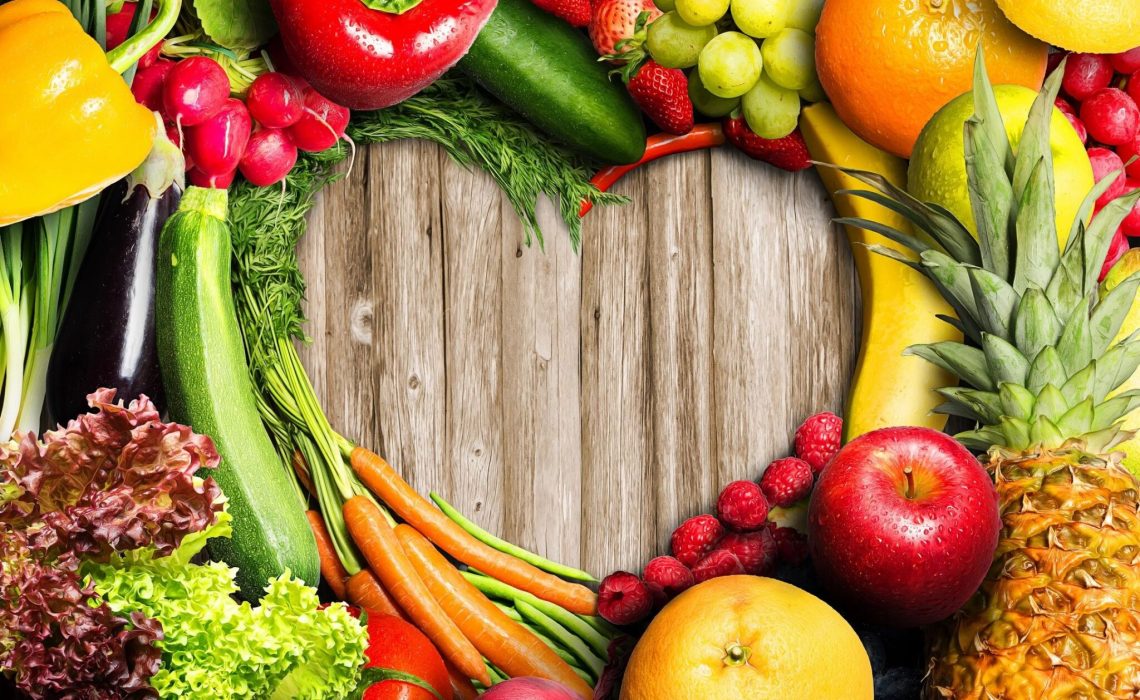
How to use food as your daily medicine.
Did You Ever Think of Food As Medicine? Honestly, I didn’t until a few years ago. I thought I was eating healthy, but looking back, I see that wasn’t really the case. Nothing was organic, my diet included processed foods, and I wasn’t eating enough vegetables. But compared to several years earlier—when I started my day with two Diet Mountain Dews and chocolate chips—it was a step in the right direction. I share this to let you know that we all start somewhere, and it’s been a journey for me, one that I’m still on.
Here are a few things I’ve learned and changed along the way!
Here are a few things I’ve learned and changed along the way!
What I Stay Away From
High Fructose Corn Syrup (HFCS):
Research shows it contributes to overeating and weight gain. HFCS is found in many processed foods and sugary drinks, and it makes you eat more and feel less full. A study from Princeton University found that rats fed HFCS gained significantly more weight than those fed table sugar, even when they consumed the same calories. Now, I don’t buy anything with HFCS, and the biggest pushback from my kids has been with ketchup. Most brands, like Heinz, have HFCS, so we switched to Primal Kitchen or Simply Truth. Little changes add up—read your labels, and if you see HFCS, put it back on the shelf.
What I Started Eating Organic
For a long time, I didn’t see the value in spending extra on organic foods. It’s expensive, and I didn’t understand why people paid more. That changed when I learned about the widespread use of glyphosate in non-organic foods. Glyphosate is linked to cancer, disrupts hormones, and destroys good gut bacteria. For me, it became a choice of paying now or paying later, and I decided to invest in my health when I can. Here are some of the changes we made (not perfect, but my kids will eat them, and they’re cost-effective):
- Bread: Dave’s Killer Bread (Costco)
- Pasta/Rice: Organic spaghetti noodles in bulk at Costco, Annie’s Mac and Cheese (Costco), zucchini noodles (homemade), Organic Jasmine rice (Thrive Market or grocery store)
- Breakfast: Bob’s Red Mill, Simply Truth, or One Degree organic oatmeal (Thrive Market or grocery store), Truvani plant-based protein shakes, organic eggs (Costco), homemade acai bowls
- Snacks: Nuts from Costco (pistachios, macadamia, almonds, cashews, pecans—no added oils), RX Bars or Aloha Bars, grass-fed turkey or beef sticks (Thrive Market), Pure Organic fruit bars (Costco), Crunchmaster Multi-grain Crackers (Costco), Boulder Canyon Chips made with avocado oil (grocery store or Thrive Market)
- Others: Olive or avocado oil in glass bottles (Costco), organic hemp, pumpkin, and chia seeds (Costco)
- Fruits & Veggies: I follow the Clean 15 and Dirty Dozen lists, buying frozen when necessary or swapping for a cheaper option on the Clean 15. Usually from Costco or the farmer’s market, sometimes from the grocery store if on sale.
- Salad dressing: I often make my own.
How I Made Eating Fruits & Veggies a Game:
I follow the work of Dr. B, author of Fiber Fueled, who emphasizes the importance of a healthy gut microbiome. He recommends aiming for 30 different plants a week—including fruits, veggies, nuts, seeds, legumes, whole grains, and even herbs and spices. It’s fun to track how many you can get in a week. Remember, if you eat an apple twice, it only counts once. The goal is variety! When you realize your gut (aka your “second brain”) needs this diversity to thrive, it becomes more exciting to incorporate these foods into your diet.
Some of you may already be doing these things or even more. Others may be just starting to think of food in this way. What’s one or two things you can check out? Maybe start reading labels for HFCS or explore where it makes sense to buy organic, or try counting your plant points for a week. Wherever you are, there’s no shame—remember, I started with Diet Mt Dew and chocolate chips. Let’s just focus on doing one thing better next week!
Some of you may already be doing these things or even more. Others may be just starting to think of food in this way. What’s one or two things you can check out? Maybe start reading labels for HFCS or explore where it makes sense to buy organic, or try counting your plant points for a week. Wherever you are, there’s no shame—remember, I started with Diet Mt Dew and chocolate chips. Let’s just focus on doing one thing better next week!
